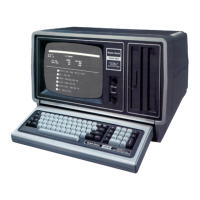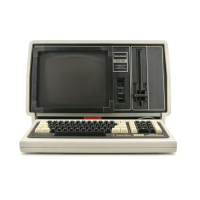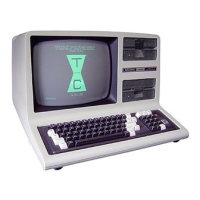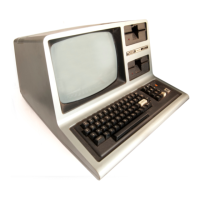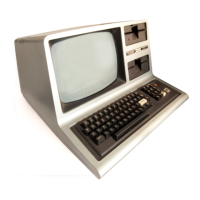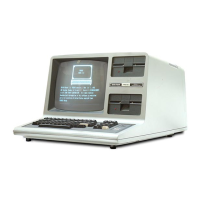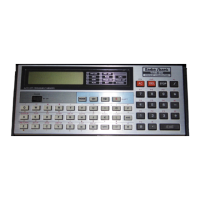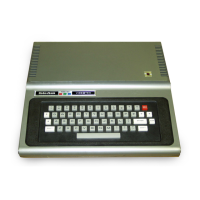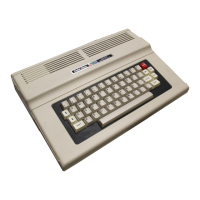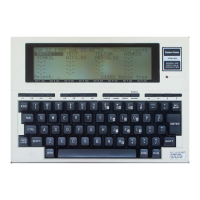
Do you have a question about the Radio Shack TRS-80 Model 100 and is the answer not in the manual?
| Brand | Radio Shack |
|---|---|
| Model | TRS-80 Model 100 |
| Category | Desktop |
| Language | English |
Learn how to access the BASIC interpreter and navigate the Model 100's Main Menu to start programming.
Learn to enter a simple BASIC command and understand syntax errors.
Understand the structure of a BASIC program with line numbers and learn to execute programs using the RUN command.
Learn to write and execute simple BASIC programs, using NEW command to clear memory.
Learn to save BASIC programs in RAM, understand filenames, and verify saved programs.
Learn to load BASIC programs from RAM into working memory for modification or execution.
Learn to save BASIC programs onto cassette tapes for long-term storage and unlimited capacity.
Learn to load BASIC programs from cassette tapes back into working memory.
Learn about variables and assignment statements by calculating simple interest.
Calculate compound interest using formulas and understand operator priority in expressions.
Learn to input variable values dynamically during program execution using the INPUT statement.
Calculate sales commissions using IF/THEN statements based on sales thresholds.
Implement sales commission calculations using the IF/THEN/ELSE statement for different conditions.
Compute commissions for multiple salesmen using a loop and GOTO statement.
Learn to use the EDIT command to insert a character into an existing program line.
Insert a word into multiple lines of a program using the Editor's insert mode.
Learn to delete characters from program lines using the Editor's backspace or delete functions.
Modify characters within program lines using the Editor by deleting and inserting.
Replace a word within program lines by deleting and inserting characters using the Editor.
Predict future sales using linear regression by finding the best-fit straight line for historical data.
Store and manage multiple data points using subscripted variables (arrays) for easier processing.
Save data files in ASCII format to RAM for later use and merging.
Learn to control individual pixels on the LCD using PSET and PRESET commands.
Plot historical sales data points on a graph using PSET and merged data files.
Connect plotted data points with lines using the LINE statement for better trend visualization.
Set communication parameters (baud rate, word length, parity) to match host systems for successful connection.
Create automatic log-on sequences by storing telephone numbers and key commands in ADRS.DO.

